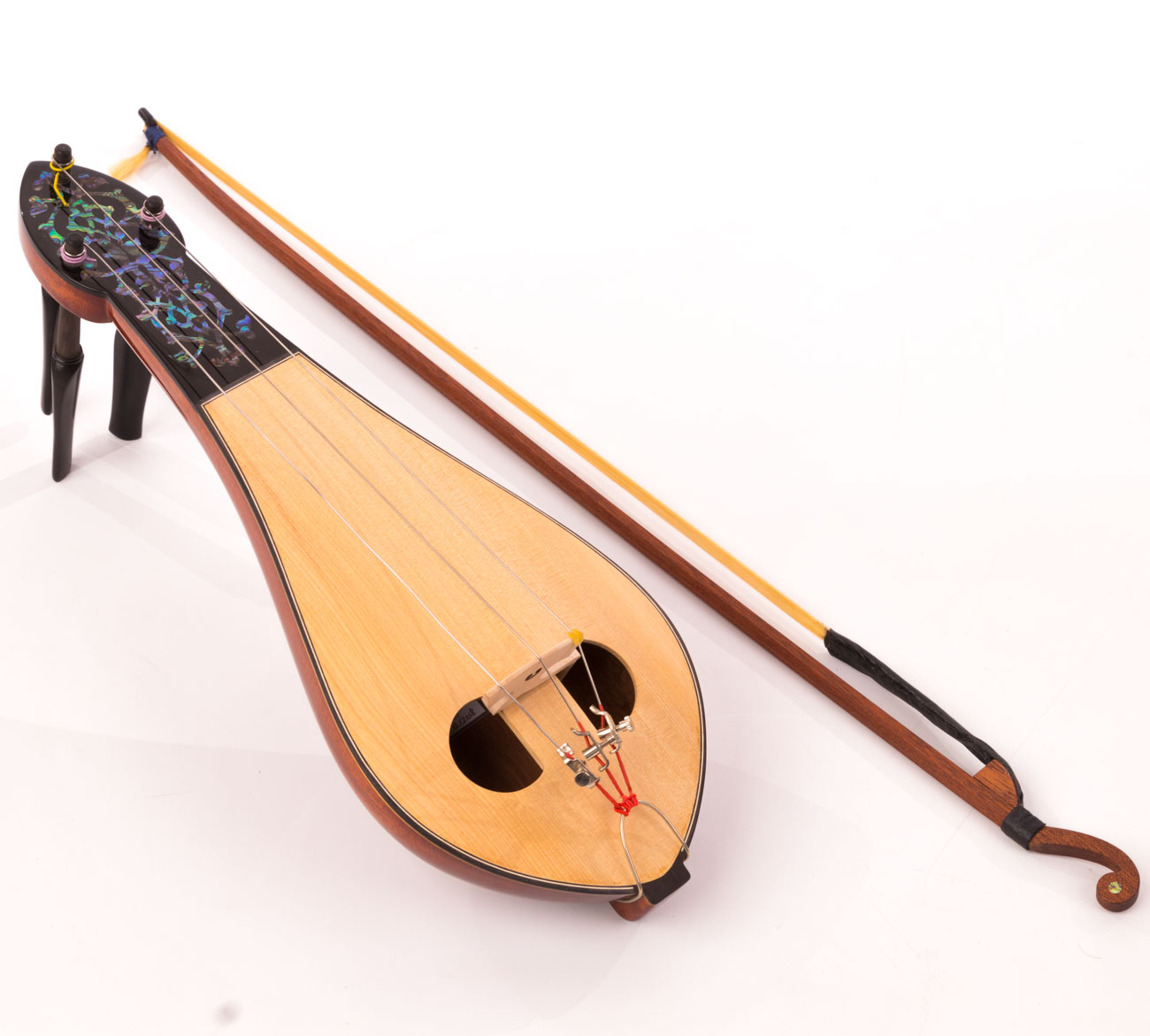The Turkish culture has a rich and vibrant history, and that’s reflected as much in its musical instruments as anything else.
H2: 9 Unique Turkish Instruments You Should Look Into}
#1: The Oud
The Oud, or Ud, is considered a king among Turkish musical instruments, particularly stringed instruments. It’s characterized by a bowl-shaped soundbox and a neck that bends backward near the top. The Oud instrument has no frets, which allows almost infinite variations in the tones you can coax out of the instrument. It’s best known for its bright and easily audible musical notes.
There is no set size or number of strings for the Oud, so if you decide to explore it as an instrument of choice, you have a nearly infinite number of styles to choose from.
#2: The Zurna
The Zurna is a wind instrument known for its loud, shrill tones easily heard in almost any situation. It’s a staple instrument for weddings, festivals, and outdoor events.
The instrument is shaped like a flute, but with a trumpet-like funnel shape at one end. There are 8 tuning keys, 7 in the front and 1 in the back. It comes in a variety of sizes for different sounds. The Zurna was once made of reed or wood, but in recent years metal versions have become available.
#3: The Darbuka
The Darbuka is an instrument dating from the time of the Ottoman Empire. A percussion instrument, it’s notable for its interesting goblet-like shape.
Original Darbukas were made with baked clay and animal skins, but they are now found in a variety of materials. Darbukas provide a loud, thumping rhythm often used to accompany religious music and classical songs of Turkey. The sound is highly variable, and experts can produce 50 or more sounds by manipulating the Darbuka with one or both hands.
#4: The Kanun
The Kanun, or Qanun, is a stringed instrument looking somewhat like a harpsichord, often classified as a Zither. With as many as 78 strings, the Kanun takes a great deal of skill and time to master. It is played with a plectrum attached to index fingers with metal rings. The Kanun can produce a number of melodies and an incredible range of tones and harmonics. It is considered to have one of the richest and most varied ranges in the Turkish musical sphere.
#5: The Saz – Baglama
The Saz, also sometimes called Baglama, is a stringed instrument similar in form to a Greek bouzouki. The Saz has 7 strings, two sets of paired strings, and a group of 3. The Saz is one of the most widely used instruments in Turkey, a common item in many households. Played using a pick, it’s used in spontaneous performances in coffee shops and town squares. While it has a range of sounds, it’s most often played with rhythmic, energetic music and bold tones. In recent years, the style of the Saz has been modified to allow for electric versions to play in Turkish pop songs.
#6: The Kaval
The Kaval is a Turkish flute popular for folk music. Easily affordable and relatively easy to learn, it’s a popular choice of instrument. The Kaval is also called the shepherd’s flute, for its enchanting tones are often used to calm and lead sheep. Some varieties also have a whistle for an accent note. The Kaval comes in a number of sizes from 30-80 centimeters, with 5 to 7 finger holes to shape the sounds. There are 13 sizes that are most commonly used, though more can be found.
#7: The Ney
The Ney is a reed flute, and one of the oldest instruments found in the Turkish region. It’s used commonly in religious music. It’s similar to the Persian Ney, however, it has 6 finger holes and a hole for the thumb, as well as a headpiece called a Gaspare. The Ney is characterized by a smooth, flowing tone with a pleasant sound.
#8: The Kemence
The Kemence is primarily found near the Black Sea regions, earning it the name ‘Black Sea Kemence’. It’s a narrow three-stringed fiddle, often played with a bow like a violin. It can be played sitting or standing, or even dancing, due to its narrow profile and lightweight. The tones it can produce depend a great deal on the wrist movements of the player.
#9: The Drum and Cymbals
Despite their current worldwide popularity, drums and cymbals – or Zil – are some of the oldest instruments in Turkey. Original cymbals, or zil, were small metallic discs attached to the fingers, which were tapped together to produce bright, clashing notes. The tone of these notes could be varied by changing the size of the zil or the angle of the fingers. Drums are a variety of sizes, ranging from the large drums often used in religious functions to small models that could be attached to the belt and played during dances.
Author Bio:
Daniel Karni -The Owner of Ethnic Musical. An expert for Turkish & Arabic musical
instruments since 2008. A multi-instrumentalist, and a fan of middle eastern musical
traditions. Plays the Oud, Saz & Ney.




